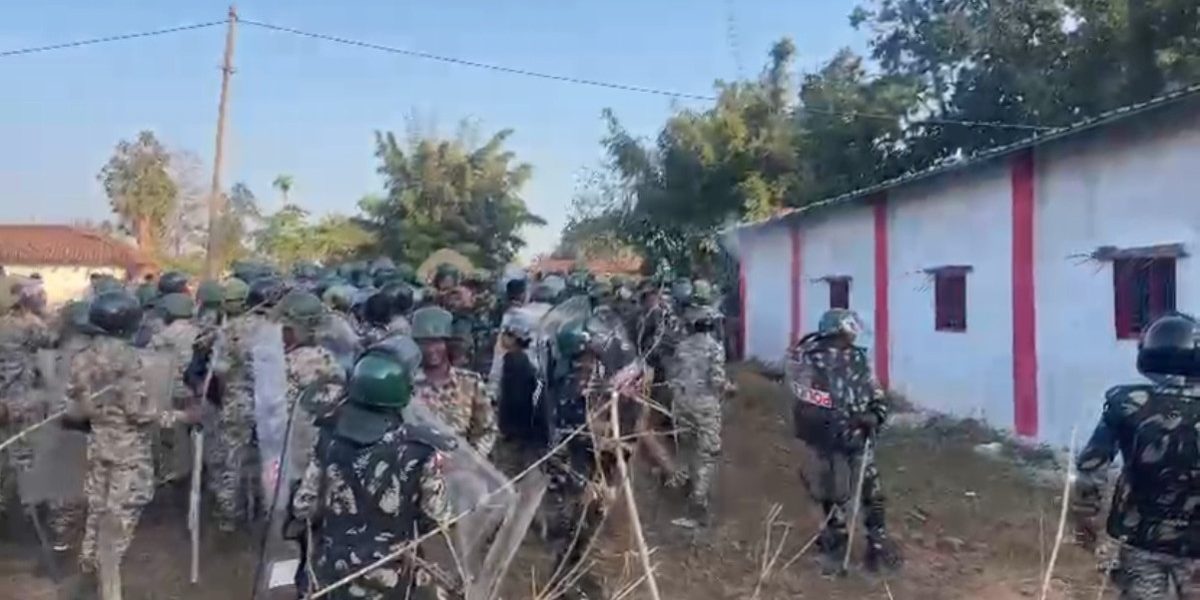
On November 12, 2022, the Delhi police arrested a man who had brutally murdered his live-in partner and chopped her body into 35 pieces. The man was named Aaftab and the deceased woman’s name was Shraddha. In India, people emphasise last names, as they usually identify a person’s caste. But in this case, the Indian media did not require last names. The story of an Aaftab murdering a Shraddha was enough to play up the news on prime time.
It was only a matter of time before those WhatsApp discussions had their effect on real life. The story I am sharing with you today is personal, but the implications of this story are wide-ranging. My story is about ‘love jihad’ and how these two words have given Hindu right wing organisations a free hand to create an atmosphere of hate by organising micro-level campaigns to “make Hindu girls aware” of the “threat caused by Muslim boys”.
The first of its kind
My story is located in the small town of Chiplun on the western coast of India. Frequent travellers between Mumbai and Goa know Chiplun as a destination for leisure and good seafood. The town is at the centre of the Mumbai-Goa national highway and serves as a gateway to the Konkan.
The Konkan is the favourite location of polluting industries since it has an abundance of natural resources, while the modern town of Chiplun is the favourite residential location for the employees of these industries. Since the 1990s, this town has seen a tremendous rise in its market economy. People from nearby villages have settled in Chiplun for a better lifestyle and education. The town accepted all the migrants with open arms, even if it meant destroying its natural habitat and its crucial erosion-preventing mangroves for the purpose of construction.
This story was originally published in thewrie.in . Read the full story here





